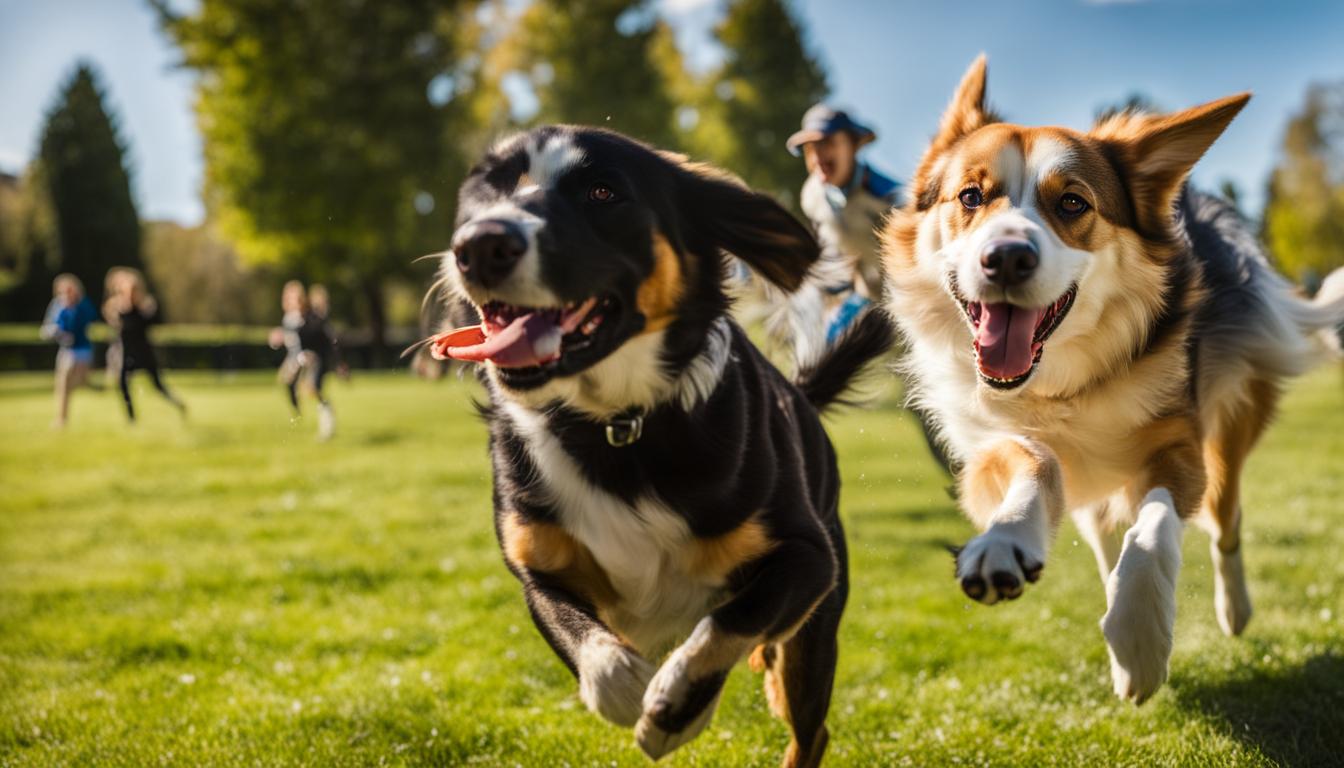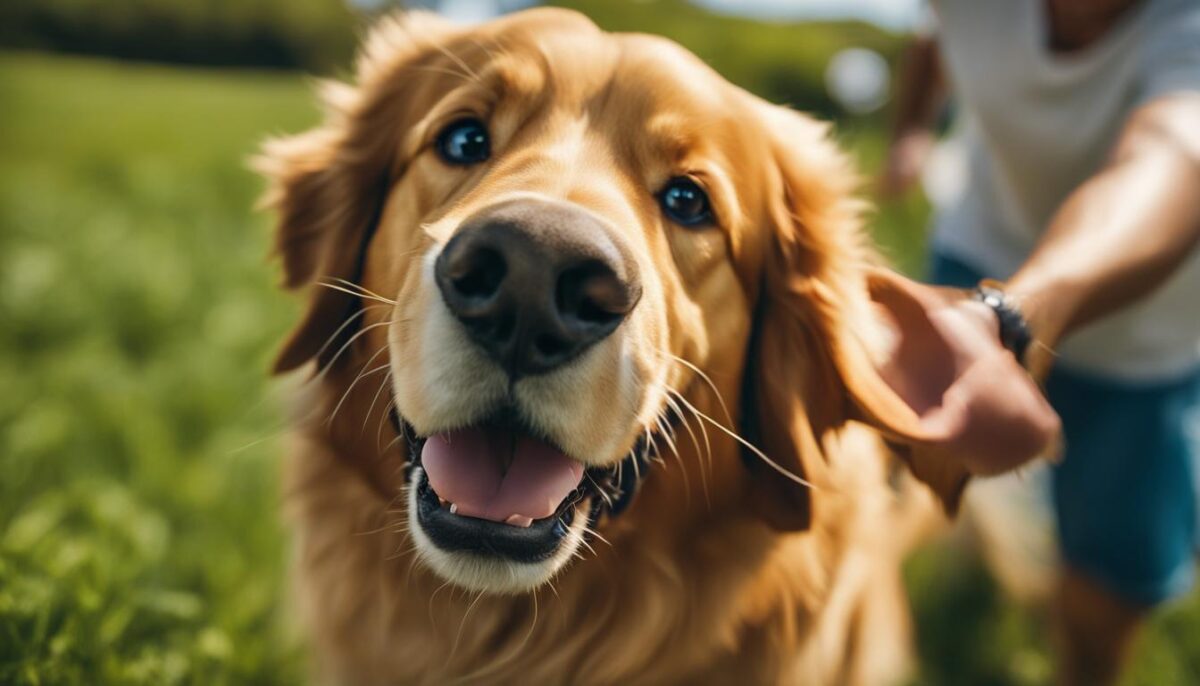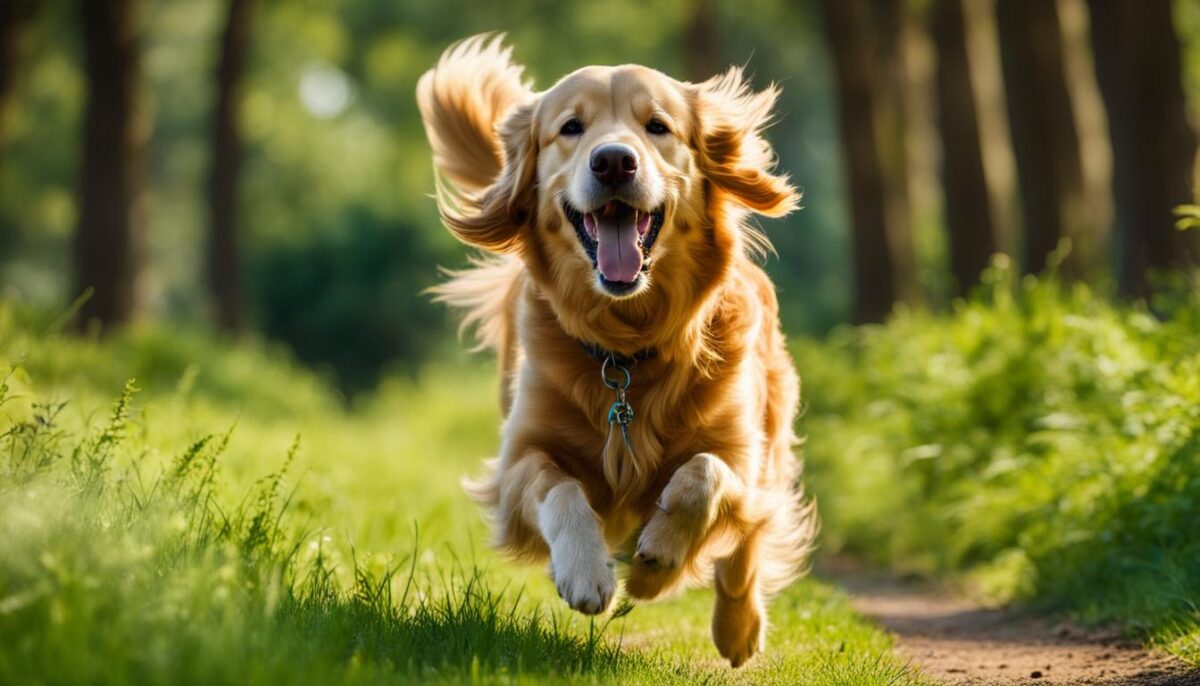Do you want your furry friend to come to you when you call? You can train your dog to do just that! Teaching them the “come command” is not just fun, it’s also about safety. Whether your pal has four legs or wags a happy tail, dog recall is key. To start, find a quiet place so nothing will distract your pup. Stand a little ways away, smile big, and use a happy voice to ask your dog to come over. When they do, give them a treat right away and say “good job!” Do this every day and make it exciting. Have your dog on a leash or inside a safe fence when you practice. Always remember to follow the rules about leashes where you live.
The Importance of Reliable Recall
Understanding Reliable Recall
Alternatives to Off-Leash Play
Respecting Leash Laws
Key Takeaways
- Start recall training with few distractions.
- Use treats and happy voices as rewards.
- Practice the come command every day.
- Keep your dog safe on a leash or in a fenced area.
- Always be cheerful and patient when training.
The Importance of Reliable Recall
Picture this: You’re at the park with your furry friend, they’re sniffing around and having a fun time. Suddenly, you need to leave, or maybe there’s danger nearby, like a busy road or unfamiliar dogs. That’s when you call out and hope they come right back to you. This is called reliable recall, and it’s super important for keeping your dog safe. It’s like a safety net for when your dog is not on a leash. Let’s dig in and learn more about it!
Understanding Reliable Recall
Reliable recall isn’t just a fancy term — it’s your dog’s superpower! It means your dog comes to you almost every time you call them. Teaching this takes time, treats that they really love, and games that make them happy. Why? Because your dog should think that coming back to you is the best thing ever! This is super handy, especially in emergency recall situations where you need your pup by your side quickly.
Alternatives to Off-Leash Play
If your dog is still learning to come when called, or if you’re in a place with many distractions, it’s good to have other fun options. You can play with your dog on a long leash, or find a fenced area where they can run and play safely. This way, they still get to explore and have a blast, but you don’t have to worry about them running off.
Respecting Leash Laws
Remember those rules about when and where you can have your dog off-leash? They’re called leash laws, and they’re there for a reason. Following these rules is part of good dog safety. They help make sure all pets and people in the area can have a good time without worries. Even if your dog has super reliable recall, it’s still good to keep these laws in mind, because they help keep everyone safe and happy.
Now, let’s have a quick peek at some tips to help your dog master this important skill:
- Start with yummy treats and lots of cheers and cuddles.
- Practice calling them in a safe, quiet place before trying it out where there are more things happening.
- Make a fun game out of the recall practice to keep your dog excited about it.
Remember, whether it’s playing fetch or just running back to you, every time your dog listens, they’re learning to have that amazing reliable recall. That keeps them safe and lets you both have loads of fun!
How to Train a Dog to Come
Getting your dog to listen and come to you might seem tough, but you can make it fun! With some easy steps, you can teach your pup to dash to you, wagging their tail, every time you call.
Starting with Basic Training
Let’s begin with the basics. Get your dog excited with their favorite toy or a yummy treat. When they come to get it, say “good job” with a big smile. Only tell them “come” when they’re already walking or running to you. As they get better, try standing farther away or wait a bit before showing them the treat.
Utilizing Recall Games for Engagement
Training games are a super way to teach your dog and have fun at the same time. Let’s play ‘Catch Me’ where you run away a little and your dog chases you. Hide from your dog and call them to ‘Find Me’. Or try ‘Hot Potato’ by passing them around with family members. These games help your dog learn to come to you while they have a blast!
Avoiding Common Recall Command Mistakes
Oops! It’s easy to make some mistakes while teaching your dog to come. One boo-boo is ending playtime or walks as soon as your dog comes when called. This might make them think that coming to you ends the fun. Instead, after they come to you, give them a pat or a treat, and then let them go back to play. This makes coming to you a happy time, and that’s what we want!
| Do’s | Don’ts |
|---|---|
| Use toys or treats to call them | Don’t call them to end fun |
| Play recall games | Don’t use the recall for punishment |
| Greet with smiles and rewards | Don’t be upset if they’re slow at first |
Remember, using positive reinforcement is the best way to make your doggie learn. If they make an “oopsie,” don’t be cross; just try again. Soon enough, with patience and practice, your furry pal will be a star at the “come” command!
Navigating Challenges with Recall Cues
When you teach your dog the ‘come’ command, you might run into some recall challenges. It’s like when you call your friend’s name at the park, but they don’t hear you because they’re playing too far away. Sometimes, dogs get mixed up too.
Have you ever heard of a poisoned cue? It’s when your dog starts to think “come” is a bad word. Maybe it was used too much, or it meant something wasn’t fun, like leaving the park. When that happens, you can make up a new, happy word for coming back.
Remember, always be fun and happy when you call your dog to you. Dogs love to have fun and get treats, so always have those ready when they do come. Don’t call them for time-outs or the end of a game. You want them to think that coming to you is the best!
- Changing Recall Cues: If “come” doesn’t work, try “here” or “let’s go” and start training again.
- Dog Training Consistency: Practice every day and always be happy when your dog comes to you.
If your doggy doesn’t seem to listen when you’re outside, maybe it’s too noisy or there are too many squirrels running around. You can start practicing inside where it’s quiet, and then slowly go to places with more things happening.
And very important, if your dog takes a long time to come back, don’t be mad. Always give them a big hug or a treat. This way, they’ll want to come back faster next time!
Conclusion
Teaching your dog to come when you call is very important. Doing this well means your dog will listen to you better and stay safe. Let’s make sure your dog learns this command well so you can both have lots of fun together without worries.
Tips for Improving Recall Reliability
You can make your dog’s recall better by teaching them every day and in different places. Start in a quiet room and move to a place with more things going on. Always give treats or play when they look at you, and always be kind when they come over. These steps will help your dog come to you even when there are lots of interesting things around them.
The Lifesaving Benefits of a Strong Recall
Getting your dog to come to you can keep them out of trouble and even save their life. It means your dog can explore and play more because you know they will come back. Your dog will trust you more, and you will feel good knowing they are safe. Remember, use yummy treats, their favorite toys, and happy words to teach your dog that coming to you is the best choice!
FAQ
How do I start training my dog to respond to the come command?
Begin in a low-distraction environment using treats or toys as enticement. Use a happy tone of voice and positive body language, only introducing the verbal cue when your dog is already moving towards you. Reward them immediately and generously as they come to you.
What is reliable recall and why is it important?
Reliable recall is the ability to trust that your dog will return to you almost every time you call them. It’s essential for off-leash safety, especially during emergencies, and it provides peace of mind that you can manage your dog in unpredictable situations.
Can I train my dog to come using games?
Absolutely! Recall games like ‘Catch Me’, ‘Find Me’, and ‘Hot Potato’ make learning enjoyable. These games involve creating a fun environment where coming back to you is the best option for your dog, thus reinforcing the command.
What should I do if my dog isn’t responding to the come command?
Assess if the environment is too distracting or if your dog may not fully understand the cue. You might need to reduce distractions or change the cue word and restart training. Ensure you always use positive reinforcement and avoid associating the come command with negative experiences.
How can I make sure my dog’s recall command is successful in different environments?
Practice recall daily in various settings, gradually increasing the distractions. Continuously reward your dog for attention and responses to the come command, and never punish them for obeying, even if they take longer to come back.
Why should I respect leash laws if my dog has good recall?
Leash laws exist not only to protect your pet but also the broader community. Even with a solid recall, it’s important to follow local regulations as unexpected situations can occur and laws are designed with community safety in mind.
What are some common mistakes to avoid during recall training?
One typical mistake is consistently ending fun activities with a recall. This can lead to a negative association for your dog. Also, avoid calling them for unpleasant tasks or punishes. Remember not to use the come command too frequently as this may lead to a “poisoned cue”.
What are the best rewards for training my dog to come?
High-value treats that your dog loves, playful interaction, and enthusiastic verbal praise are excellent rewards. These positive reinforcements should be given immediately when your dog responds to the command to help establish a strong association.
How often should I practice recall with my dog?
Daily practice is key for building a reliable recall. Even short, frequent sessions can be more effective than longer, irregular training times. Consistency and patience will strengthen your dog’s recall response.
Are there any safety concerns I should be aware of when practicing recall?
Always practice within safe confines, like a fenced area or on a long leash, particularly in the early stages. Be mindful of your surroundings and make sure you are in a secure area before allowing your dog off-leash.


